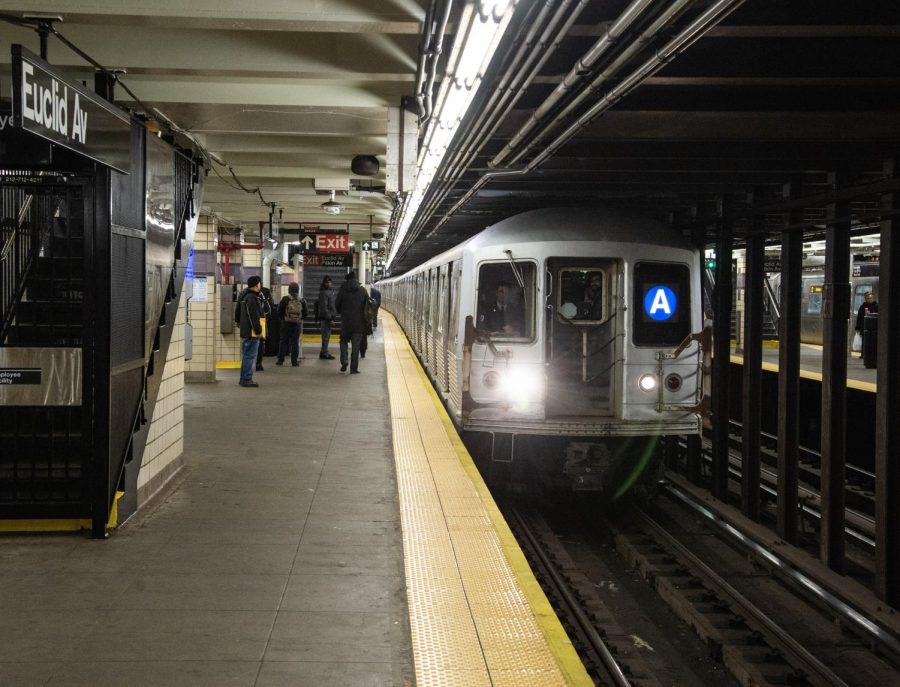Mental health response teams, not just police officers, belong in subway stations
October 1, 2021
The New York City subways are notorious for their reports on criminal activity, assault cases and robberies. The lack of safety on these trains has led to the Metropolitan Transit Authority implementing more security cameras and police officers in stations. However, this has not improved reports of violence and dangerous situations.
Police officers are trained to handle a violent case often with violence itself. If a person isn’t cooperating, they are taught to address the situation with force rather than reason. When this is the case, the situation tends to escalate.
To assist in these situations, the involvement of mental health response teams is needed.
Mental health response teams consist of a crisis clinician and a police officer. These crisis clinicians are more knowledgeable in situations where a person possessing a mental health disability is present.
There were 1.63 felonies for every one million riders in the first three months of 2021 alone, according to MTA reports. A majority of these felonies are caused by people who possess mental health disabilities. These disabilities hinder them from being able to reason or understand, which leads to conflict with police officers on the scene.
B-HEARD, Behavior Health Emergency Assistance Responsive Division, is an example of such a program. Since starting in June, the program’s pilot has shown successful results.
“The new B-HEARD Teams will use their physical and mental health expertise, and experience in crisis response to de-escalate emergency situations and provide immediate care,” according to a report.
B-HEARD was created in response to the lethal force cases in which an officer was responsible for killing an uncooperative person. Of these cases, 22% of calls were related to mental health cases and ended in death.
More mental health response teams like B-HEARD would be beneficial to the MTA.
Response teams are trained to properly handle de-escalate these situations between officers and people with mental health disabilities, so if New York City expands beyond the pilot phase of the program, more lives could be saved.
The funding for these teams can come from the New York Police Department budget, which has $10.2 billion in city funds, according to the Citizens Budget Commission Footer.
Reallocating money to mental health response teams will improve New York City overall by keeping everyone safe and helping the people who need it.








Daniel • Jan 21, 2022 at 2:31 am
Thanks for sharing this. If someone wants to learn more about mental health issues and about their treatment then visit on this.
http://igotucorp.com/